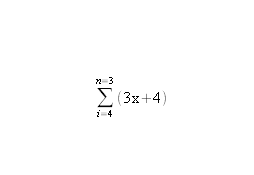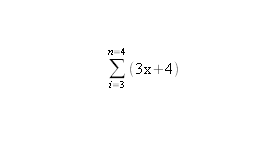LESSON 8:LINEAR EQUATION
INTRODUCTION

The equal sign in an equation shows that one side of an equation is equal to the other side.Therefore an equation must have an equal(=) sign. The expression before the equal sign is known as the THE LEFT HAND SIDE(LHS)and the expression after the equal sign is known as THE RIGHT HAND SIDE(RHS).This is illustrated below:
- 5+2x(LHS) = 12(RHS)
The solution of an equation is the value of the letter i.e the unknow that makes the equation true.

| The objective of this coarse is to facilitate to stakeholders how to improve quality of work on distant learning mode online. |
LESSON CONTENT
THE BALANCE METHOD FOR SOLVING EQUATIONS Some equation can be solved mentally.To solve more coplicated equations the balance method is used.To keep the balance, whatever you do the LHS you must also do to the RHSof the equation. Using the equation 5+2x = 12 as an example
- use the scale balance because both sides are equal i.e 5+2x=12
- To keep the balance subtract 5 from both sides i.e 5 +2x-5 =12-5
- The equation will appear as 2x=7
- To keep the balance divide both sides by 2
- 2x/2=7/2
- x=3.5(solution)
Example2 Solve the equation 4x+2 =10
- Solution
- 4x+2=10
- 4x+2-2=10-2
- 4x=8
- 4x/4=8/4
- x=2
Example 3
Solve the equation 5(a+3)=18
- To solve equations which include brackets , one method is to expand the brackets and then use the balance method to coplete your calculation.
Solution
- 5(a+3)=18
- 5a+15=18
- 5a+15-15=18-15
- 5a=3
- 5a/5=3/5
- a=3/5
- 2d+1=19
- 3e-4=23
- 7g+4=4
- 15+2r=36
- 4(c+3)=30
- 3(b+2)=15

